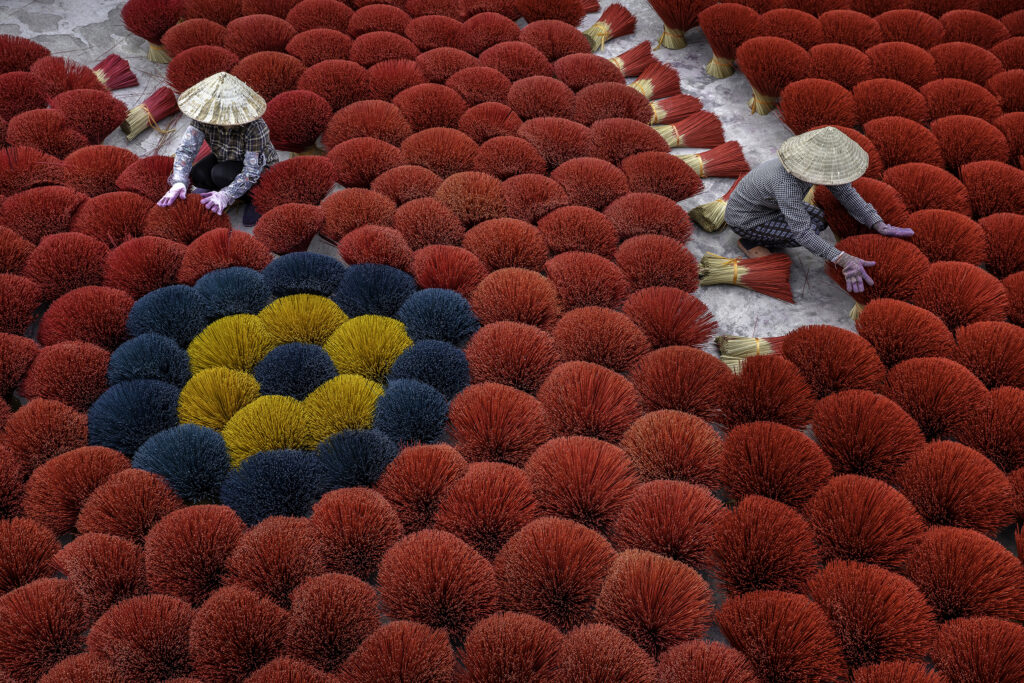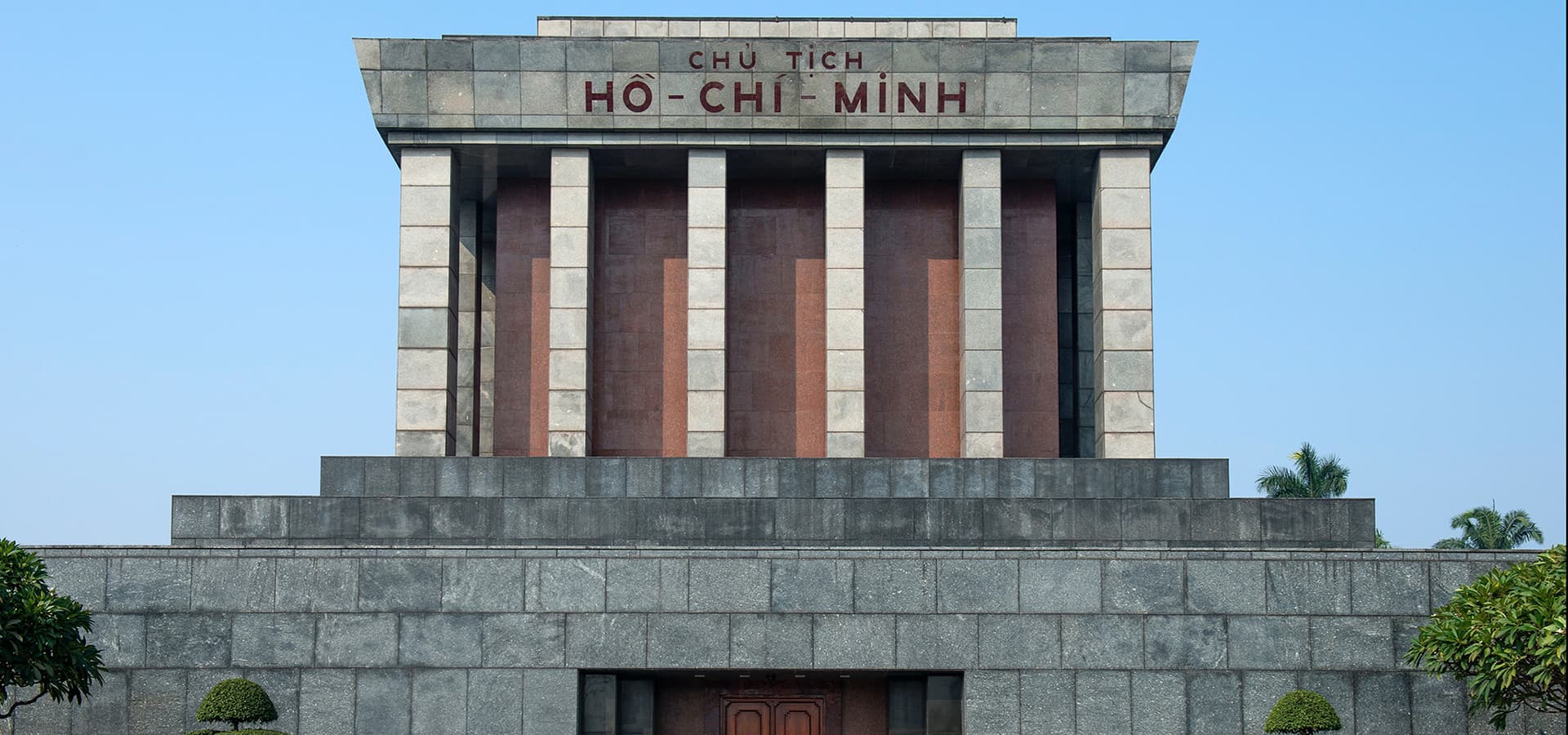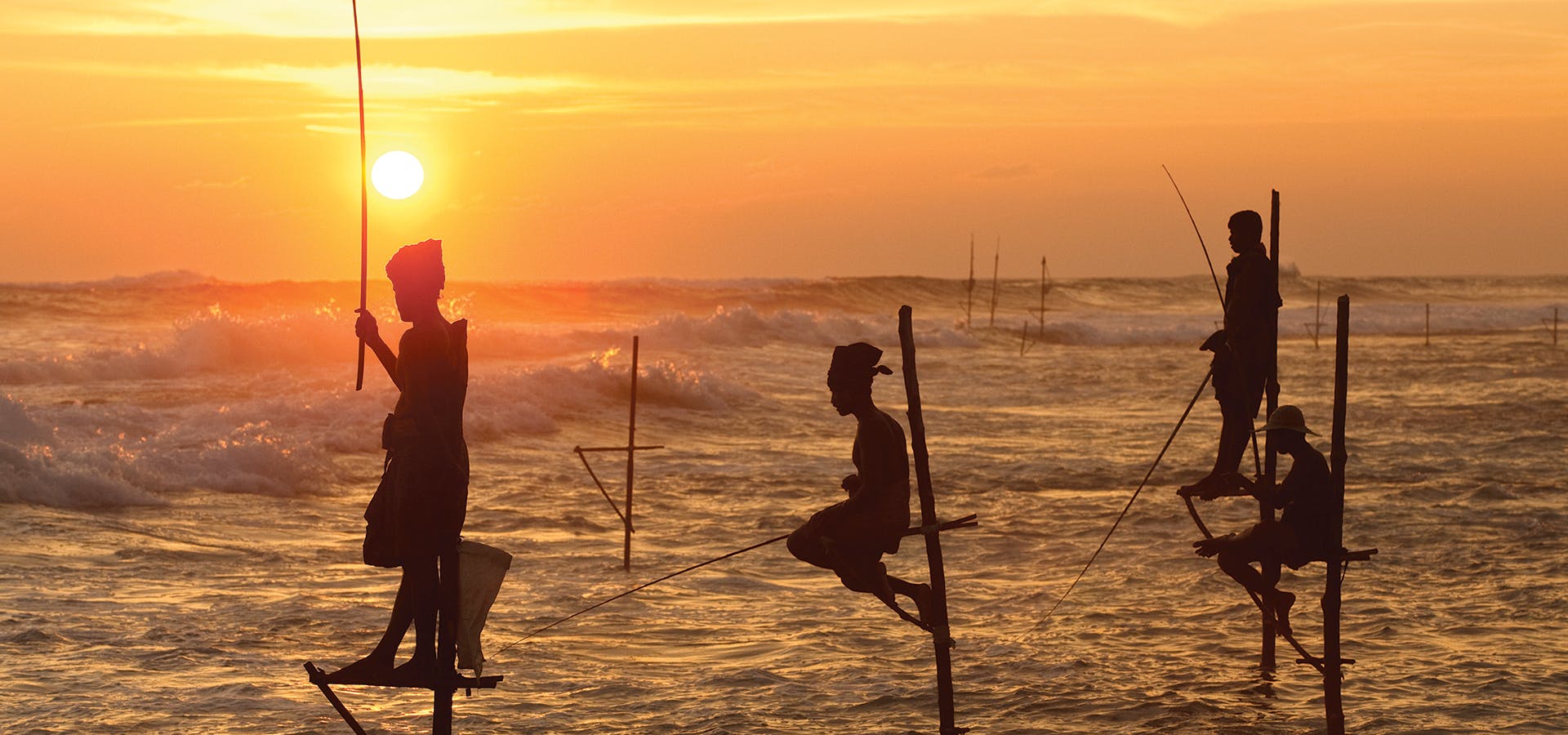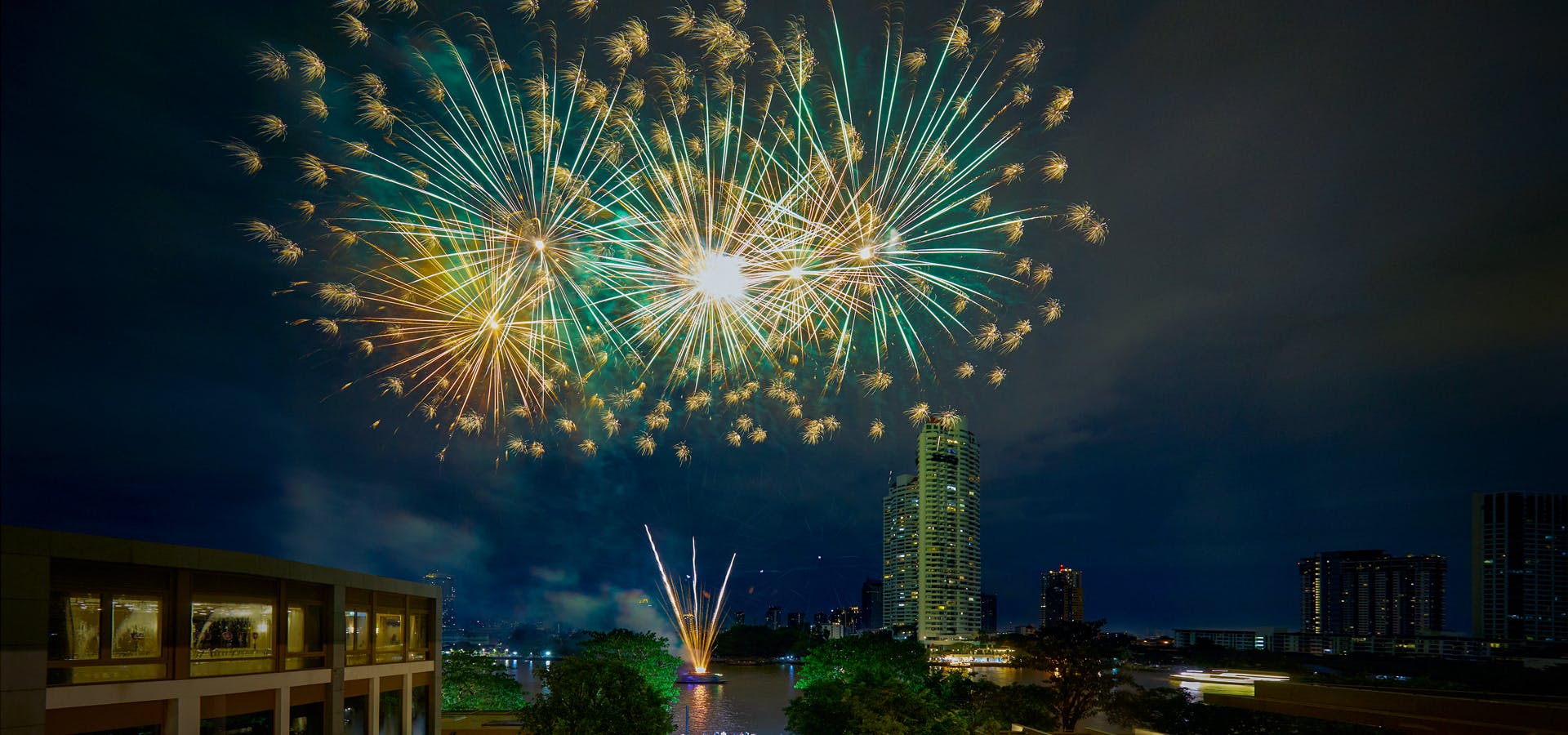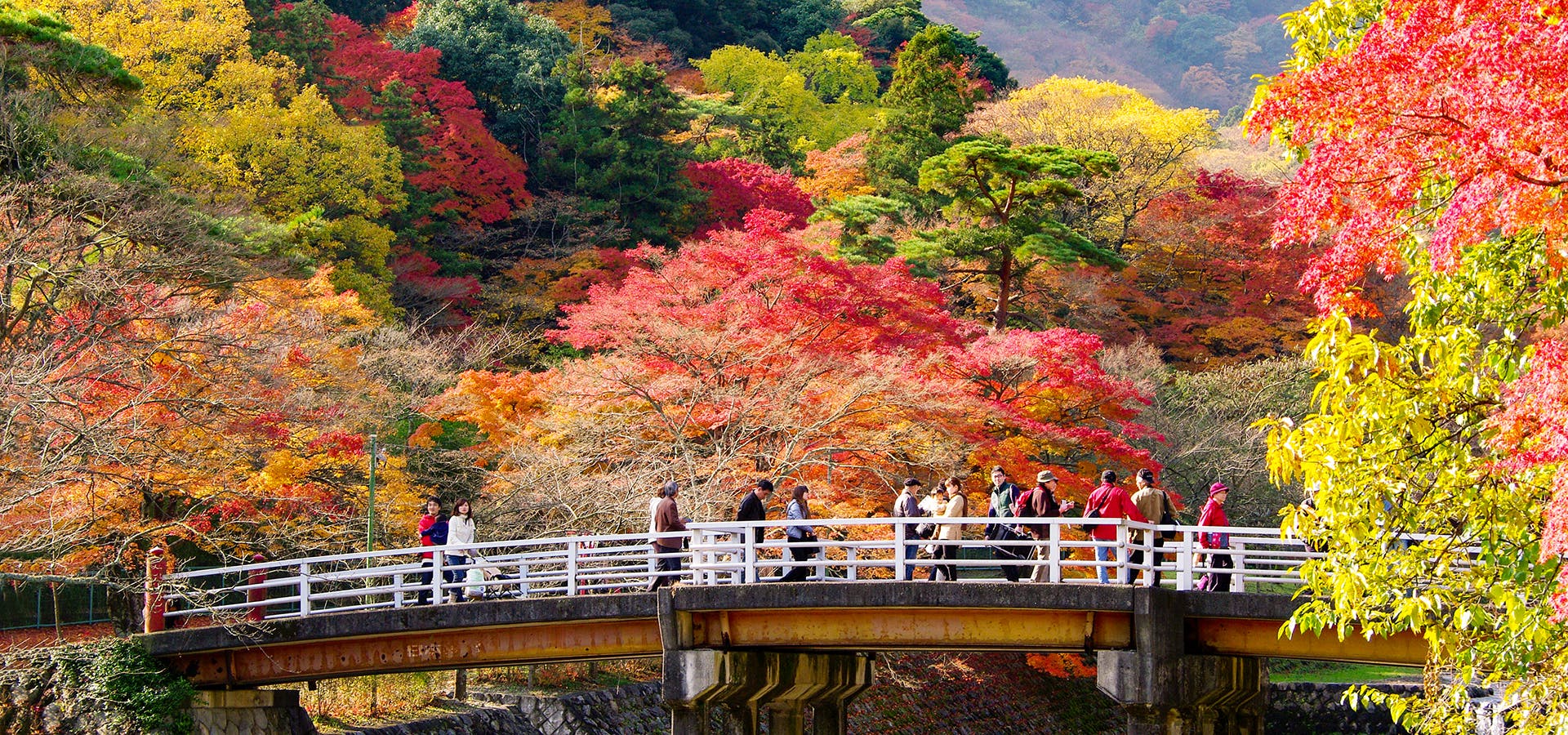For those who lived through the 1960s and early ’70s the names Hanoi and Vietnam might conjure up scenes of war and devastation. The first “televised war” brought the horrors of armed conflict into living rooms around the world. Fortunately, those days are in the history books rather than being lived out in this beautiful land of 98 million. The residents of this Southeast Asian country have not forgotten their past but do not dwell on it. It is a land and a people basking in the warmth of peace.

A Gohagan & Company tour by land and sea of Vietnam and neighboring Cambodia starts with several days at the historic five-star Sofitel Legend Metropole Hanoi. The who’s who of the entertainment and political worlds have also experienced the property’s world-class dining, service and architecture from writers Somerset Maugham and Graham Greene to politicians Bill Clinton and Fidel Castro to actors Charlie Chaplin and Jane Fonda. It was in the property’s bomb shelter that Joan Baez wrote some of the music for her “Where Are You Now, My Son?” album during the Vietnam War. After the guns grew silent, the bunker was closed and sealed until it was rediscovered by the hotel’s engineering crew during the renovation of its Bamboo Bar in 2011. It has been reopened for hotel guests for daily “Path of History” tours.

Another famous name in the hotel business, Hilton, was used euphemistically by the American prisoners of war held at the “Hanoi Hilton.” A visit to Hoa Lo Prison gives a direct and sobering connection to a turmoiled past from a guillotine used by the French to enforce its colonial rule to the uniforms and other personal effects of the US POWs. One of them, John McCain, years later, along with John Kerry, became the driving forces behind the reestablishment of relations with Vietnam during the Clinton administration.
Back at the Metropole, it’s still dark when the alarm goes off but if one hopes to experience the true soul of Vietnam’s capital, an early morning stroll along Hoan Kiem Lake to join thousands of its denizens practicing tai chi, dance, aerobics and other forms of physical exercise to begin their days is a must. From there, a walking tour of Hanoi’s ancient quarter, 36 Streets District, gives further insight into the city.
Another direct link to the past in Hanoi is a visit to Ho Chi Minh’s Mausoleum where the architect of a united Vietnam lays in state. While he did not live long enough to see a unified country, he spearheaded the movement that resulted in the dream being achieved in 1975.

Vietnam is home to some of the most beautiful scenery on the planet including Ha Long Bay where Gohagan & Company begins the sea portion of its 15-day Vietnam by Sea and Angkor Wat journey. After embarking on the chartered Le Laperouse, a state-of-the-art exploration vessel, we settle in for what will become our floating hotel for the next week. The first morning begins with a transfer to a smaller ship for a four-hour tour which includes an exploration of the massive stalactite and stalagmite-filled Thien Cung Cave then a cruise around the bay to see some of the thousands of limestone karsts and isles of this UNESCO World Heritage site. For those with the time and the spelunking spirit Sung Sot Cave is also worth a visit. We return to the Le Laperouse then set sail out of the bay illuminated by a magnificent sunset.
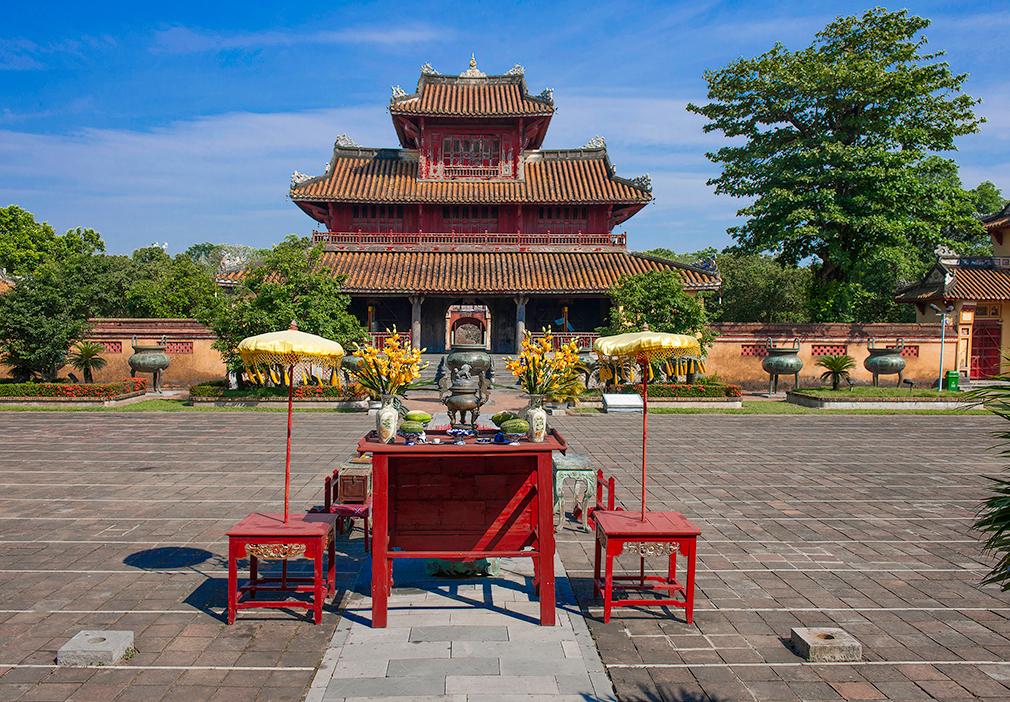
The next day is spent cruising the South China Sea with a series of itinerary-specific enrichment lectures by Pulitzer Prize-winning photographer Nick Ut and the main subject of his “Napalm Girl” image, Phan Thi Kim Phuc. On June 8, 1972, a 9-year-old Kim Phuc was photographed by Ut as she fled her village after being torched by a napalm strike. Today, Phuc is a UNESCO Goodwill Ambassador for Peace and the author of Fire Road. She shares her inspiring mental and physical road to recovery with the spellbound audience in Le Laperouse’s theatre.

Award-winning broadcaster and writer James Laurie, who began covering Indochina for NBC News in 1972 and became the only American network correspondent to witness the fall of Saigon to the North Vietnamese in 1975, presents the first of his two enlightening onboard talks. The evening at sea begins with yet another breathtaking sunset followed by a world-class dinner in Le Nautilus restaurant followed by nightcaps and live music in the ship’s lounge.
The next morning, we dock at Chan May in the glow of a spectacular sunrise then board buses for a transfer to Hue, the former Imperial Capital of Vietnam. Its Royal Citadel, Thien Mu Pagoda, Heavenly Lady Pagoda and a visit to the Tomb of Emperor Tu Duc are among the day’s highlights.

Da Nang and Hoi An are next up on the itinerary. It’s incredible to see how the skyline of Da Nang, like all of Vietnam’s major cities, are now filled with modern skyscrapers, a result of the country embracing a free market economy in the early 1990s. A visit to Da Nang’s Cham Sculpture Museum is followed by a stop on Nam O Beach, better known as China Beach, where 3,500 U.S. Marines disembarked their landing crafts just after 9am on March 8, 1965, becoming the first American ground troops to arrive in the country. After lunch, aboard ship, we venture back out for an afternoon in Hoi An with its streets and bridges ideal for strolls and its outdoor cafes perfect for people-watching.
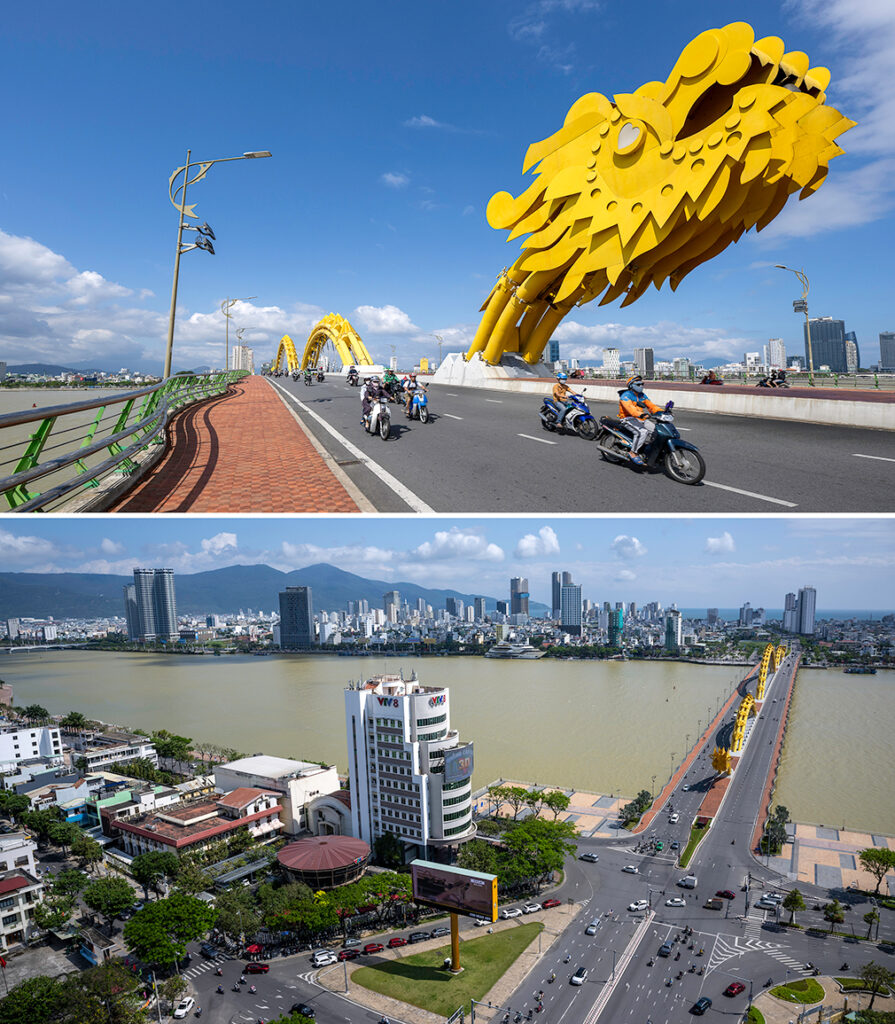
After another relaxing and inspiring day at sea we arrive in Saigon (officially Ho Chi Minh City) where we dig deep into the city’s history with stops at Notre Dame Cathedral, the Minh City Opera House, and tour the former Presidential Palace and the War Remnants Museum. Some guests return to the ship for dinner and a Vietnamese folklore performance while others opt for dinner out in this cosmopolitan city.
On the last morning in Vietnam guests choose between an excursion to the Cu Chi tunnels where the Vietcong constructed a spiderweb of underground passageways during the Vietnam War or to the village of Trang Bang, the site of Ut’s 1972 photograph that searingly conveyed all that was wrong with the conflict in a single frame. For those who chose the latter, there was not a dry eye in the group after Kim Phuc recounted that terrible day 50 years ago at the Cao Dai Temple where she suffered 3rd degree burns over much of her body.

We return to Saigon for lunch and a transfer to Tan Son Nhat International Airport for an afternoon flight to Siem Reap. The Sofitel Angkor Phokeethra Golf & Spa Resort becomes our base for the next three days of archeology-focused exploration including Angkor Wat, Banteay Srei Temple, Angkor Thom and Ta Prohm. While Vietnam and Cambodia suffered the horrors of war during the second half of the twentieth century, both have risen from the ashes and developed world-class tourism infrastructures, welcoming visitors with open arms and wide smiles to experience their beautiful landscapes and diverse cultures.
